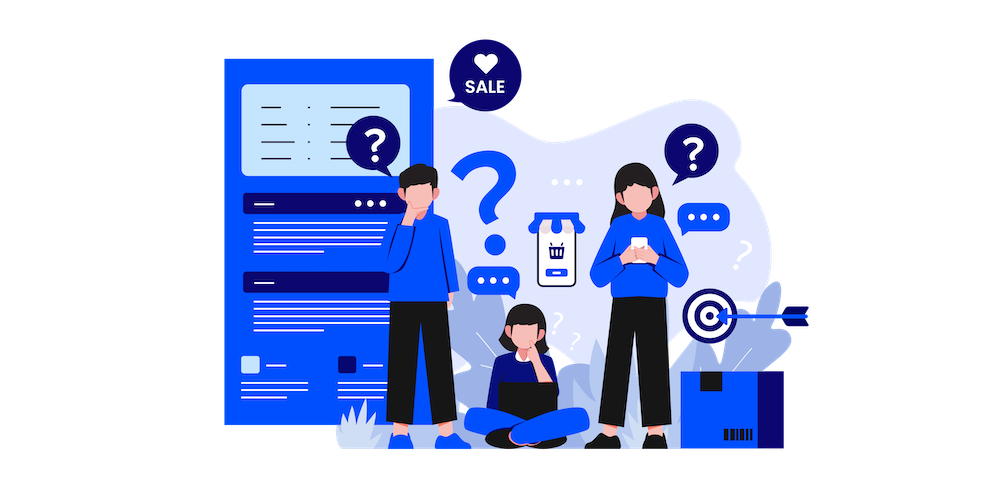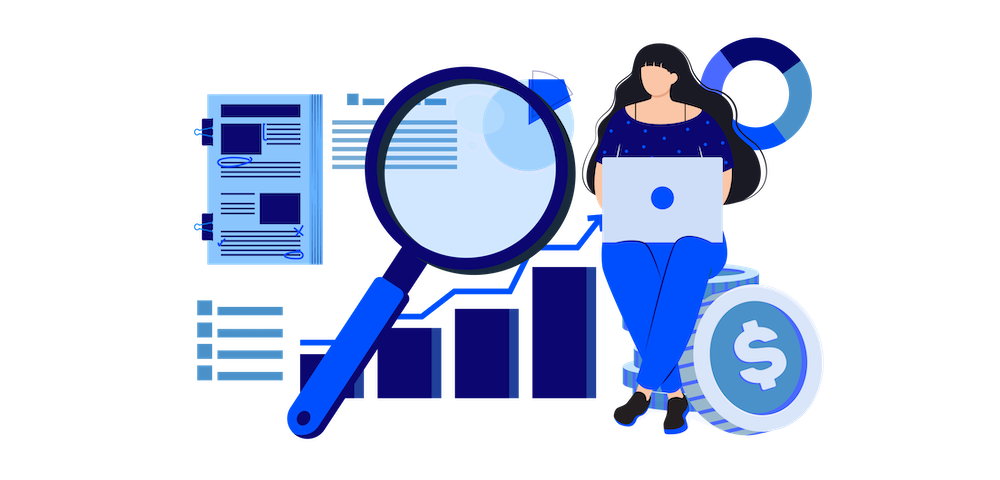What are Buyer Personas ?

Buyer personas are fictional representations of your ideal customers. They’re built using data from research and interviews with prospective buyers to understand their behavior, motivations and challenges.
A buyer persona is a research-based profile that depicts a target customer. Buyer personas describe who your ideal customers are, what their days are like, the challenges they face and how they make decisions.
Buyer personas can help companies focus on the right customers at the right time and with the right message. They can also help you create more effective marketing campaigns by giving you insight into what your prospects want to see in an ad or email.
Why Are Buyer Personas Important?
Buyer personas are profiles of your ideal customers. They’re based on research and data about your target audience, and they help you understand your customers (and prospective customers) better. This makes it easier for you to tailor your content, messaging, product development, and services to meet the specific needs, behaviors, and concerns of the members of your target audience.
Here are four reasons why buyer personas are important:
1. A buyer persona is a starting point when creating content.
Content that speaks directly to a particular buyer persona can help build trust between you and your prospect.
2. A buyer persona helps with marketing strategy.
It guides what kind of content you should create, where you should publish it, how often you should publish it, etc., so that it appeals to the people who matter most to your business (i.e., those who will become customers).
3. A buyer persona helps with sales strategy
Especially if your business depends on lead generation via email marketing or content marketing (which most businesses do these days). If you know how someone wants to be approached or what information they want to see in order for them to take action (like signing up for an ebook or attending one
Why use buyer personas?
Buyer personas help businesses focus on their target audience, which makes it easier to tailor marketing messages and offers specifically for them. A buyer persona helps you identify common traits among people who share certain interests or values, so you can speak directly to those individuals about relevant topics. For example, if you’re selling cars, you might create three different buyer personas: a single woman who lives alone in an urban area; a family man with two kids who lives in the suburbs; and a retired couple living in the country. Each persona would have their own unique set of needs
Should Very Small Businesses Bother Building Personas?
It’s pretty easy to see why buyer personas are important for businesses with multiple employees – but if you’re a solopreneur, or a very small business, you might still be wondering why you should bother. After all, you know who your customers are – wouldn’t this be a big waste of time for you?
Yes and no. If your business is very small, then it may not make sense to spend the time creating full-blown buyer personas. But even if there are just one or two people behind the scenes at your company, it can still pay off to take some time to develop some basic buyer personas.
Here are four reasons why:
1) It helps you focus on your most valuable visitors
2) It helps you prioritize content creation
3) It helps you prioritize customer service issues
4) It makes it easier to talk about customers when discussing company strategy
How to Create Buyer Personas

Buyer personas are fictional characters that represent your ideal customers. They help you understand what motivates people to buy and how they make decisions.
The process of creating buyer personas is about more than just filling in a template — it’s about understanding the people who will become your customers and using that knowledge to create better marketing strategies.
Here’s how to work through the steps involved in creating your buyer personas in more detail:
Step 01: Research Your Buyer Personas
All great personas start with a little bit of research. Even if you feel like you already have a pretty good grasp on who most of your clients are, it’s worth it to take a hard look, not just at who you’re already working with, but who you’d like to work with in the future.
If you haven’t done any research yet, now is the time to start. Start by jotting down some notes about your current customers and potential customers — their age range, income level, education level and geographic location. This information will be useful later on when we go through the persona creation process together.
Step 02: Create Your Buyer Personas
Now that you know who your target audience is, it’s time to create a list of the qualities that define them as individuals within that group. These are known as “persona attributes” and they should cover everything from age and gender through to occupation and hobbies. The more specific these attributes are, the better they’ll be able to help you understand your audience better so you can create better content for them in future.
Step 03: Identify Problem
It’s important to understand what problems your prospective buyers are facing, so you can show them how your solution will solve those problems. In order to do this, you need to do some research into your prospective customers and their industry. You’ll want to look at current trends and challenges within your target market and what specific problems they are facing as a result.
Once you know what problems they are facing, you can think about how your product or service might address those issues. For example, if your persona is a small business owner who wants to grow their business but doesn’t have time or money for marketing efforts, then social media marketing may be an option that can help them reach new customers without spending much time on it themselves.
Step 04: Find Out What Influences Their Decisions
To do this, you need to ask questions about what influences their decisions around buying your product or service and write down these answers in a spreadsheet. Here are some examples of questions you could ask:
- How do they decide which product or service to buy?
- What information do they look for online before making a purchase?
- Who influences their decision-making process?
- What are the main issues that concern them?
- Where do they go online to get advice from experts on these issues?
- How often do they shop online?
Step 05: choose a name and picture for each persona.
This should be a real name, not an acronym or something generic like “User”. This can be the name of an actual customer or it could be a fictional character based on characteristics of several different customers. For example, if you sell dog treats, one persona could be called “Bob” (with his photo), and another could be called “Cindy” (with her photo).
Conclusion
Buyer personas are a powerful tool you can use to better understand your market, and how best to market, sell, and support your products and services. Collecting information about your buyers is essential to any business—it’s your primary means of understanding your audience, and by extension, it’s a key factor in how effective your marketing and support efforts will be. Let Neu Entity help you get started!
Let’s Talk!
If what you see here is relevant for you and can help you grow your business or organisation, we’d love to discuss further with you. Drop us a message or schedule an appointment with us.
